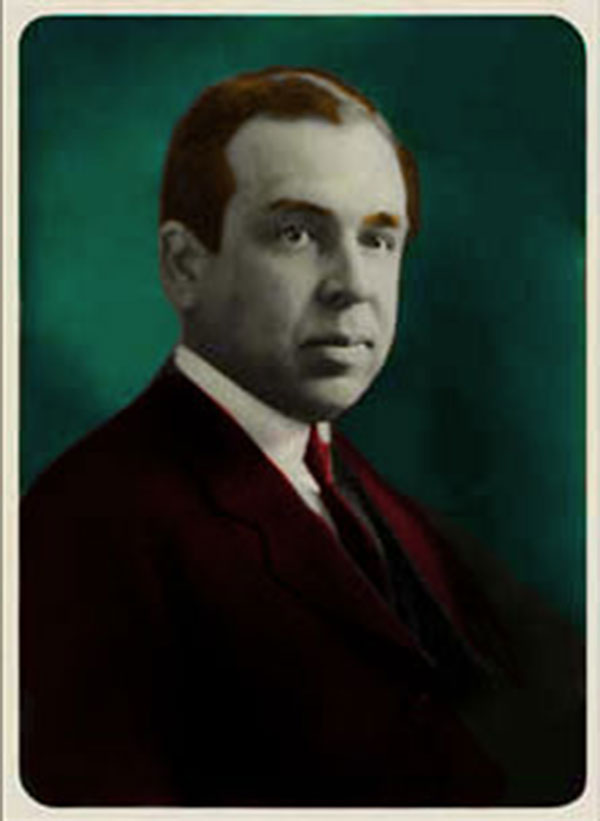Blazing a Path for Modernism - 1924

J. Gresham Machen rejected the Affirmation as too modernist.
Introduction
Auburn, New York, was the site of two major pronouncements in Presbyterian history. The Auburn Declaration of 1837 reaffirmed orthodox belief in face of a drift from core Presbyterian teachings. Almost 100 years later, the Auburn Affirmation of January 9, 1924 was signed by one hundred and fifty Presbyterian pastors. Two of its main points were that the church should not set doctrine centrally for all its members as is done in Roman Catholicism and that the Bible nowhere declares itself infallible. Orthodox Presbyterians such as J. Gresham Machen strongly opposed this 1924 Affirmation, which, despite its protest of orthodoxy, was actually a concession toward those Presbyterians aiming to discard the Virgin Birth and the reliability of Scripture.
Quote
“We hold most earnestly to these great facts and doctrines; we all believe from our hearts that the writers of the Bible were inspired of God; that Jesus Christ was God manifest in the flesh; that God was in Christ, reconciling the world unto Himself, and through Him we have our redemption; that having died for our sins He rose from the dead and is our ever-living Saviour; that in His earthly ministry He wrought many mighty works, and by His vicarious death and unfailing presence He is able to save to the uttermost. Some of us regard the particular theories contained in the deliverance of the General Assembly of 1923 as satisfactory explanations of these facts and doctrines. But we are united in believing that these are not the only theories allowed by the Scriptures and our standards as explanations of these facts and doctrines of our religion, and that all who hold to these facts and doctrines, whatever theories they may employ to explain them, are worthy of all confidence and fellowship.”
The source of the affirmation is http://www.pcahistory.org/documents/auburntext.html. The source of the date is http://www.thisday.pcahistory.org/2014/01/january-9-the-auburn-affirmation/





